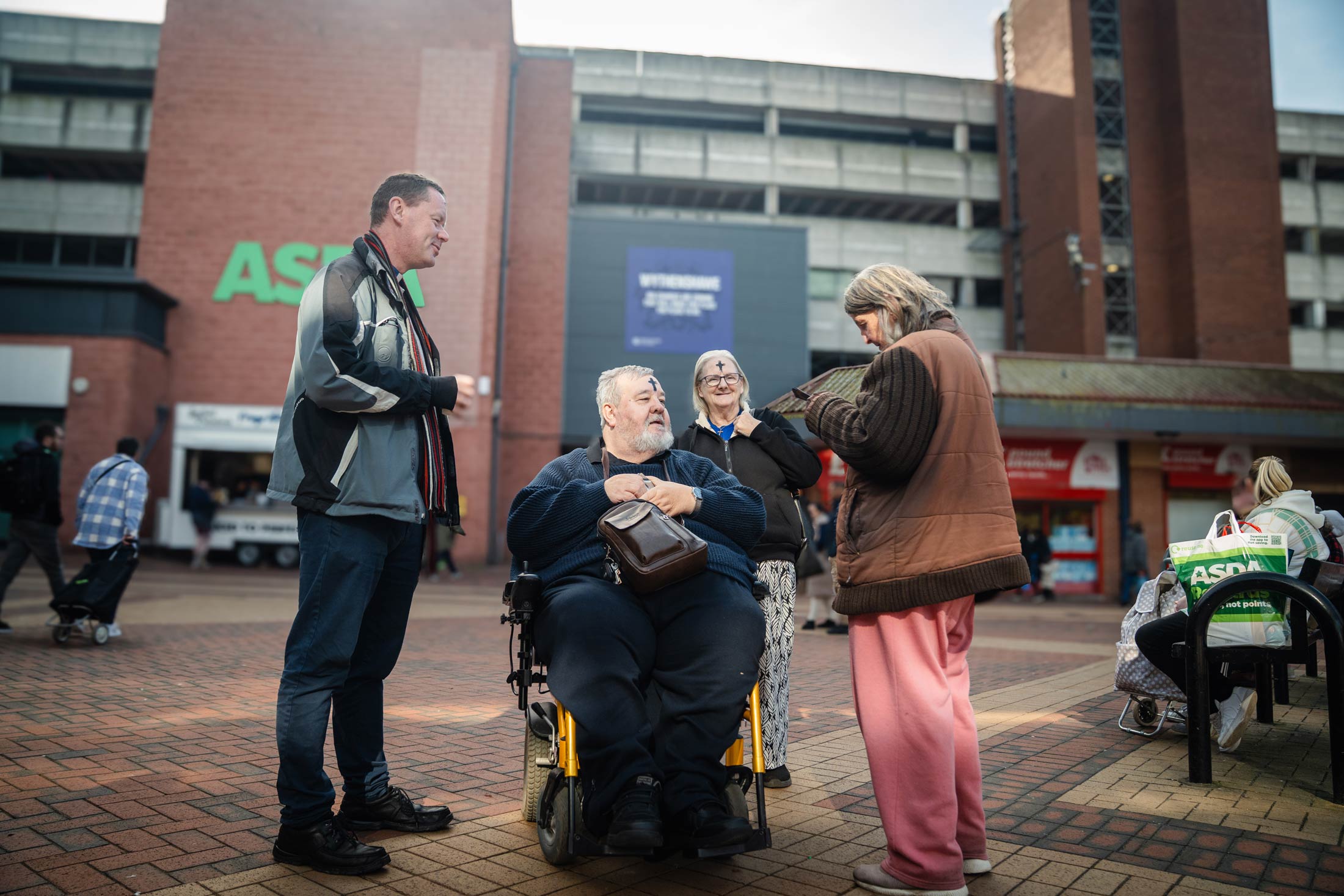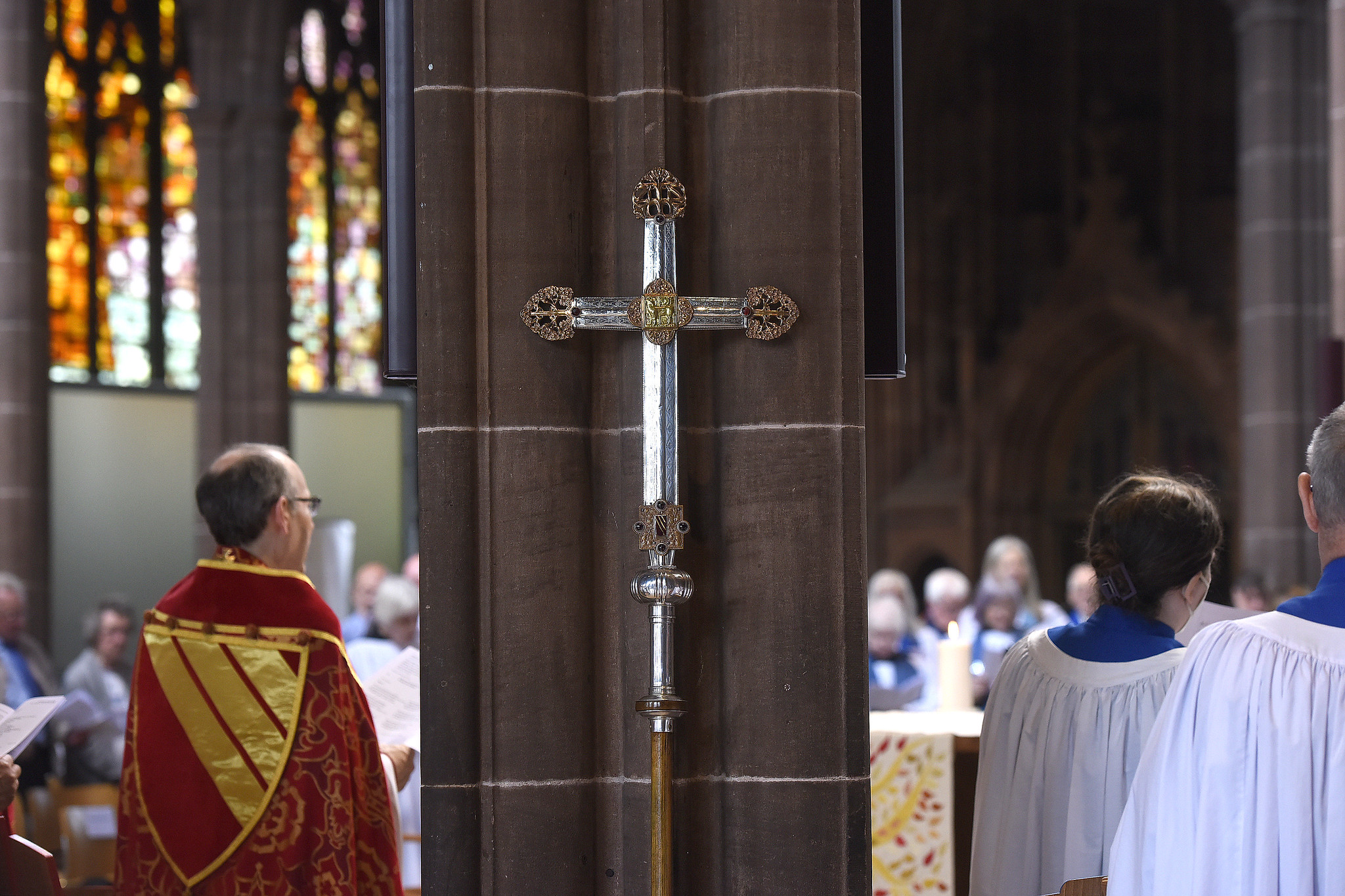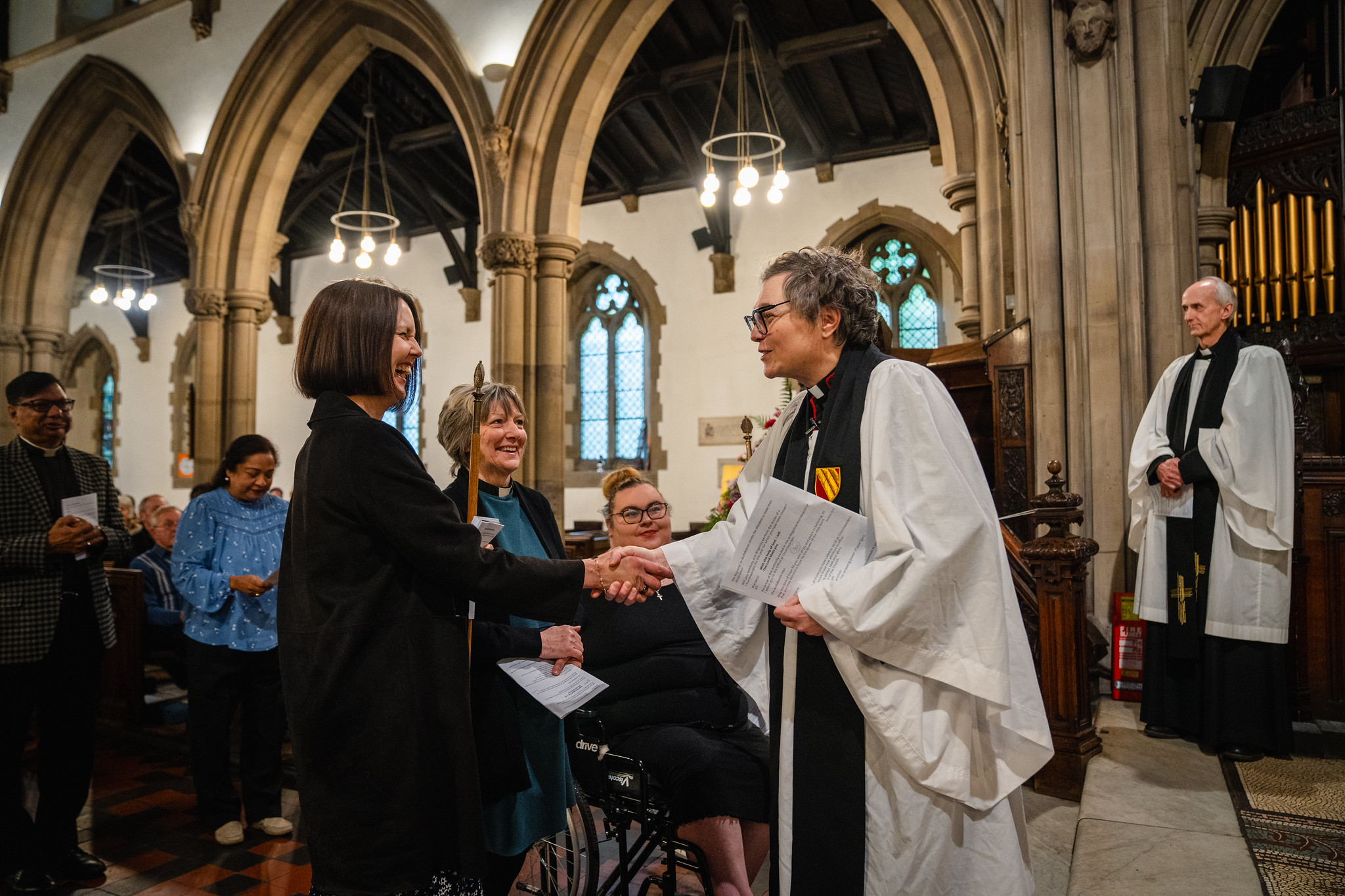
CHURCH CALENDAR
Healing Services
Are any among you sick? They should call for the elders of the church and have them pray over them, anointing them with oil in the name of the Lord. The prayer of faith will save the sick, and the Lord will raise them up; and anyone who has committed sins will be forgiven. (James 5:14-15, NRSV Anglicised)
Healing services are times set apart for intentional prayer, worship, and ministry. Rooted in scripture, they offer an opportunity to receive prayer, anointing, and the laying on of hands.
Why hold a healing service?
Christians have always prayed for one another as an act of love and faith. Just as the friends of the paralysed man lowered him through the roof to Jesus, we lift others up in prayer, trusting that God hears and responds. Sometimes we cry out for ourselves, like Bartimaeus pleading, “Jesus, Son of David, have mercy on me!”. Other times, we ask others to pray for us, whether in person or privately. At the heart of this is the belief that in Christ there is power to save – a salvation that embraces the whole person. Christ became fully human (yet without sin), and redeems every part of our humanity, including our bodies.
Healing takes many forms: physical, emotional, spiritual, mental, relational, or circumstantial. It may involve forgiveness, repentance, or restoration. Whatever the need, asking for prayer is an act of surrender, inviting God to shape our lives according to his will and to bring peace.
In his letter, James encourages the sick to seek prayer and anointing from the Church. Healing services offer space for this ministry: the laying on of hands, anointing, and communal prayer. They allow us to join our faith with others, trusting Jesus’ promise: “if two of you agree on earth about anything you ask, it will be done for you by my Father in heaven” (Matthew 18:19).
Healing services are acts of worship. They place intentional prayer for healing within the context of praise, which itself strengthens faith and opens hearts to God. These services help us become more receptive to the Spirit’s work and attentive to what God may be saying or doing in our lives.
Who is a healing service for?
Jesus said: ‘Come to me, all you that are weary and are carrying heavy burdens, and I will give you rest.’ (Matthew 11:28, NRSV Anglicised)
All of us are in some way in need of healing. Until that day when all things are brought to perfection in Christ, we are all works in progress. Healing services offer space to receive ministry for specific needs, but even without a particular concern, we all benefit from the healing touch of God. Healing services are for everyone, and our prayerful presence is not simply for our own benefit, but also for the benefit of all those who come; as we join our prayers with others, so we lift one another up to God.
What form should a healing service take?
Healing services can take many forms, shaped by the congregation’s tradition, the size of the gathering, and whether the service has an evangelistic focus. A communion service with anointing may suit a larger, predominantly Christian group, while smaller gatherings may allow more time for individual prayer. If many attendees are not Christians, a non-sacramental format may be more appropriate. The shape of the service – formal or informal, Eucharistic or non-Eucharistic, with or without anointing – should reflect the needs of those present.
Should a healing service include teaching?
The crowds…followed [Jesus]; and he welcomed them, and spoke to them about the kingdom of God, and healed those who needed to be cured. (Luke 9:11, NRSV Anglicised)
In the Gospels, Jesus’ healing ministry is closely tied to his teaching. Healing ultimately draws us into deeper relationship with God, and teaching helps us recognise where our lives may be out of alignment with his will. It also strengthens our understanding of who God is, encouraging us to turn to him in faith.
Teaching within healing services offers a chance to explain a Christian view on healing, which is especially important in today’s world.
As Jesus says, ‘the words that I have spoken to you are spirit and life’ (John 6:63, NRSV). If our deepest healing is to be born again through faith in Christ, then healing services are also a fitting place to proclaim the gospel of Christ’s death, resurrection, and call to repentance, because all true healing flows from the Cross.
Planning a service
Our aim is to create space for people to encounter Christ, the source of true healing and peace. Thoughtful service planning can help foster an atmosphere that encourages prayer and builds faith. Practical details matter, and comfort, clarity, and flow all help reduce distractions and support people in engaging with God.
Guidance on organising a healing service is provided below.
Planning the Liturgy
Planning a healing service requires thoughtful decisions. Consider the format, how the liturgy will be presented (e.g. booklets or screens), and how transitions between elements will flow. Smooth transitions help maintain a prayerful atmosphere, so keep instructions brief and clear, and plan ahead what will be said and when.
Be mindful of timing. Think about the overall length of the service, how long ministry time might take, and where it fits best within the service. Allow enough space for prayer without making people feel rushed or left waiting.
Organising the space
The layout of the worship space should reflect the form of the healing service. A Taizé-style service may call for different seating than a Eucharist, and anointing at the altar rail requires different logistics than prayer stations around the church. Consider flow, privacy, and how close ministry areas are to the congregation. Planning ahead helps avoid confusion and supports a prayerful atmosphere.
Practical details matter. Ensure people know when and how to come forward for prayer. Environmental factors like heating and lighting also affect comfort and engagement, and soft lighting during reflective moments can help signal shifts in tone and support worship.
Thinking about music
Music plays a vital role in worship and should be chosen thoughtfully, with consideration given to how it’s played. If using a choir or music group, it’s ideal that they also have space to receive ministry. Their presence should support communal worship with a focus on God, avoiding a more performative mode.
Decisions are also needed for music during ministry time, specifically whether it’s participatory or ambient. It should foster a prayerful atmosphere and not distract. Ministry time may be open-ended, allowing people to stay in stillness or leave as they wish, and in this case, gentle instrumental music or worship songs can continue as needed. Alternatively, prayer might happen during a time of praise and thanksgiving, for example, with congregants encouraged to sing and give glory to God as people receive ministry.
Preparing a team
Those praying for others should be comfortable with the task and have been prepared to do it, not selected on the spot. It’s wise for the team to pray together before the service and to be chosen based on their gifts and understanding of ministry. Safeguarding is essential, and putting people into teams of two is preferable. Prayer ministers should also have the opportunity to receive ministry themselves.
Multi-sensory and participatory worship
Interactive prayer activities can deepen engagement and reflection. Physical actions such as symbolic gestures during confession, or creative expressions like writing or drawing, can help people articulate what’s in their hearts. Prayer stations or quiet activities may support longer ministry times, offering gentle ways to remain in stillness. Whatever is used should align with the purpose of the service. Clear explanations and transitions should be planned in advance.
Hospitality
If there are to be refreshments after the service, make sure they don’t interfere with any ongoing ministry in your worship space or prevent helpers from accessing ministry for themselves.
Safeguarding considerations
Confidentiality and safeguarding are essential when praying with others. Sensitive information may be shared, so confidentiality must be respected. Always seek permission before physical contact, and when laying on hands, a hand on the shoulder is all that is needed. Ideally, prayer should be offered by a male-female pair, in sight of others, and within the worship space.
Downloadable Healing Service Templates
Explore more



